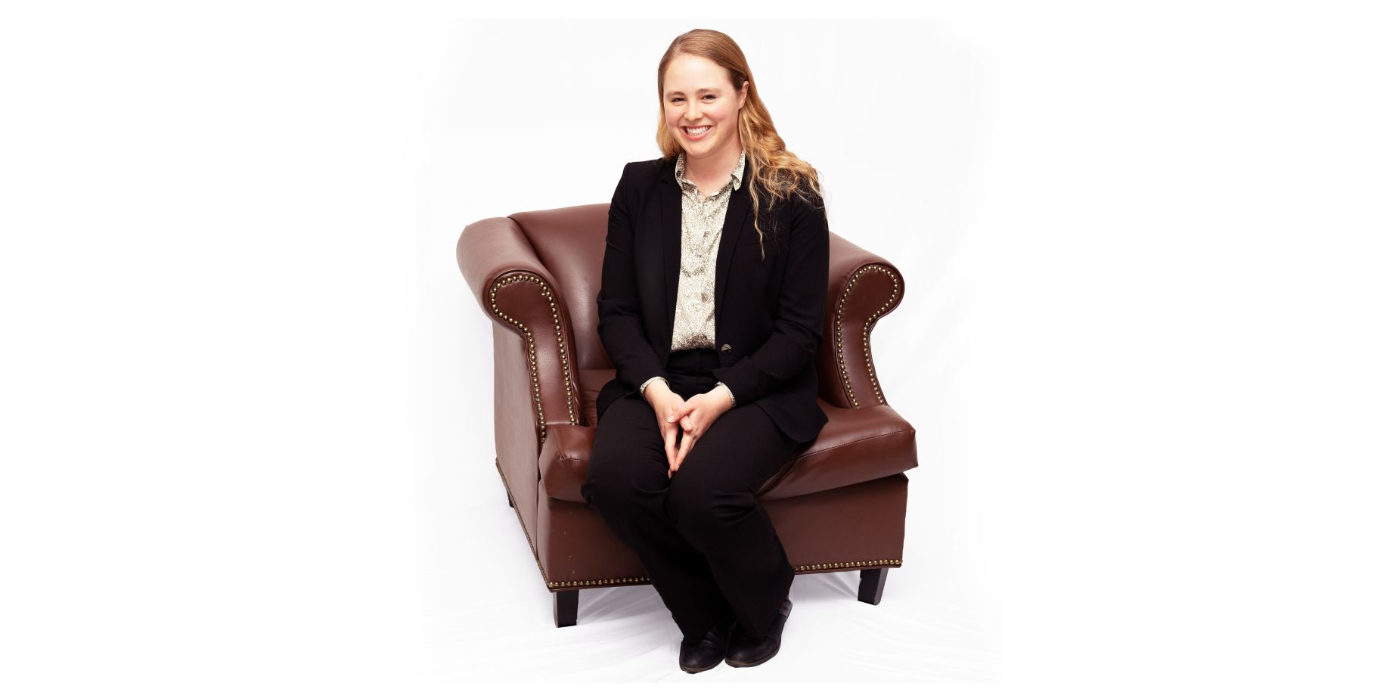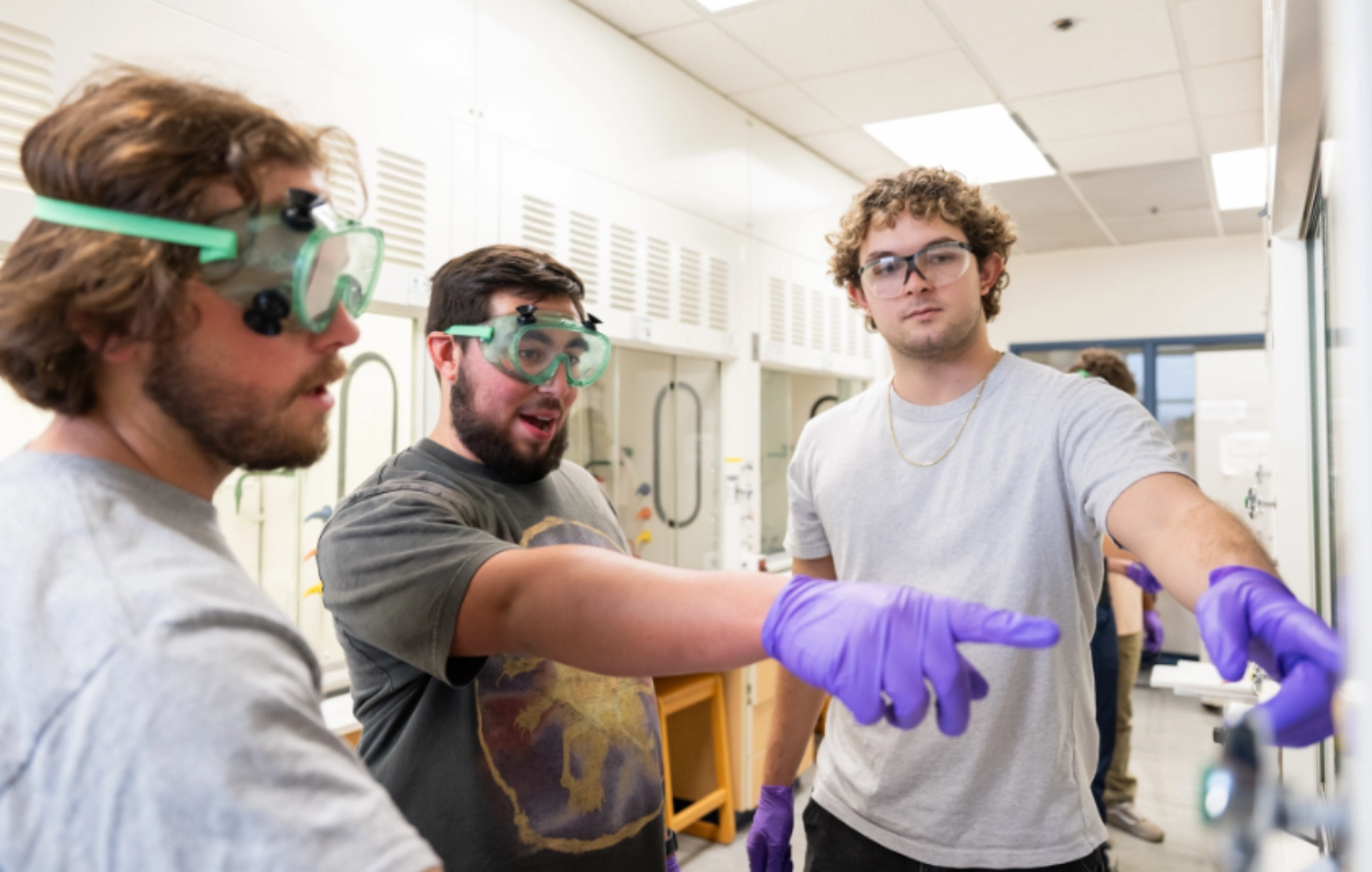Elizabeth Larson BS/BA’21 had already switched her major from English to Chemistry when she signed up for an Introduction to Sculpture class in the Studio Art Department. Her exploration helped her discover what she now sees as an inseparable link between visual art and communicating scientific concepts.
“At first, I pursued my majors independently, but when I was studying intricate DNA structures with Assistant Professor of Chemistry Cooper Battle during the summer Science Collaborative Research Program, I had the idea they could be combined,” she says. “The DNA structures fold in very special ways, and it was hard to describe that space they were taking up.”
This motivated Larson to launch “Learn to Play,” a project that teaches children about Chemistry through accessible and understandable play structures. Suddenly, she began adapting these tiny DNA structures into life-size recreations to help others understand them better. After finding a flier outside a classroom for Invent Oregon, she participated in the competition that provides students with development grants to create working prototypes of her ideas.
With a few life-size prototypes under her belt, Larson is now directing “Learn to Play” towards collaborations with parks and recreation departments to put her structures into public spaces.
When she isn’t creating life-size chemistry structures, Larson works as a pharmaceutical research and development biochemist studying small molecules vital for medications such as ibuprofen. Perhaps not surprisingly, the reach of her studio art background also found its way into this demanding work.
“On the surface, my job is clearly in the realm of sciences,” she shares. “But I still use my artistic skills to communicate science, even between scientists. I help create high-quality, high-stakes presentations for my company. Visualizing and understanding concepts is vital in decision-making.”
Now Larson reflects fondly on the idea-shaping education she experienced at Willamette: “The chemistry department taught me how to be a super thorough, methodical, and logical decision-maker, while the art department taught me how to zoom back out to the big picture and consider new ways to combine ideas. It was a fulfilling balance.”
She also credits the Willamette community for fostering her interdisciplinary interests and pursuits. Volunteering with the Tiger Club, she created and taught science curriculum to students at Salem's Bush Elementary School.
As shown by her many successful pursuits, Larson embodies Willamette’s mission of leading a life of contribution by carving her own niche at the intersection of art and science.



